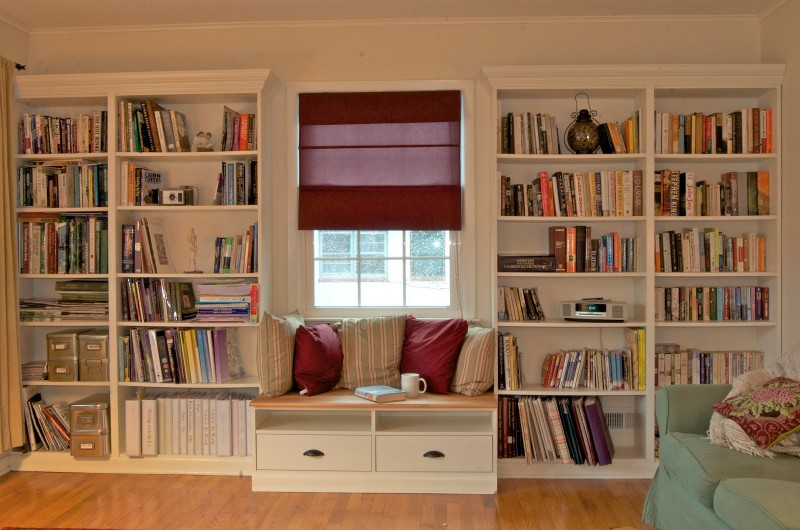
If you're an avid reader or a book collector, you understand the importance of having a functional and visually appealing bookshelf. While ready-made bookshelves are available in the market, building a custom bookshelf can be a rewarding and cost-effective option. In this article, we will guide you step-by-step on how to build your very own custom bookshelf that perfectly suits your needs and space.
Understanding Your Requirements
Before you start building your bookshelf, take some time to assess your requirements. Consider the number of books you have and the space where you plan to place the bookshelf. Think about whether you need additional storage for decorative items or other belongings. Understanding your needs will help you design a bookshelf that is both practical and aesthetically pleasing.
Choosing the Right Materials and Tools
Selecting the right materials and tools is crucial for a successful DIY bookshelf project. The choice of wood or other materials will impact the durability and appearance of the bookshelf. Commonly used woods for bookshelves include oak, pine, and plywood. Additionally, gather the necessary tools such as a saw, drill, screws, and sandpaper.
Measuring and Planning the Bookshelf
Measure the dimensions of the space where the bookshelf will be placed. Take into account the height, width, and depth you desire for your bookshelf. With these measurements in hand, create a detailed plan or sketch of the bookshelf's design. This will serve as a reference throughout the construction process.
Preparing the Materials
Once you have your design and measurements, it's time to prepare the materials. Cut the wood or other materials according to the measurements, ensuring precise and accurate cuts. Sand the edges and surfaces of the pieces to create a smooth finish and prevent splinters.
Assembling the Bookshelf
Assemble the bookshelf by following your design plan. Use the appropriate tools and fasteners to secure the pieces together. Double-check the alignment and stability at each step. If you're not confident in your carpentry skills, seek assistance from someone experienced in woodworking.
Adding Finishing Touches
With the basic structure in place, add finishing touches to enhance the appearance of your bookshelf. Apply wood stain, paint, or varnish to protect the wood and give it a polished look. You can also add decorative elements like moldings or trim for a more refined appearance.
Tips for Custom Bookshelf Designs
Maintenance and Care
To ensure your custom bookshelf stands the test of time, perform regular maintenance. Dust the shelves and surfaces regularly to prevent dirt buildup. Check for any signs of wear or damage and address them promptly. Avoid placing the bookshelf in direct sunlight or near sources of heat to prevent warping or fading.
Building a custom bookshelf allows you to create a functional and unique piece of furniture that showcases your personality and style. By following the steps outlined in this article and incorporating your creativity, you can design a bookshelf that not only holds your beloved books but also becomes a focal point in your living space.
Silent Protest March in London Condemning Manipur Violence
The Tragic King of Indian Cinema is Dilip Kumar
Home-Seekers Flock to Gruha Lakshmi Registration in Bengaluru